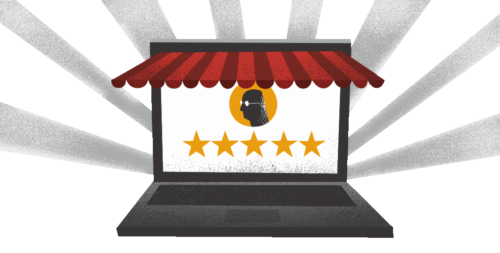Amazon operates one of the largest networks of fulfillment centers in the world. No one knows exactly how many millions of square feet of fulfillment center space Amazon has, but we do know that it’s not enough. In the early months of COVID, with a huge spike in online shopping, Fulfillment by Amazon stopped shipping orders for sellers whose products it considered nonessential. That stranded merchants that relied on FBA for their eCommerce fulfillment.
The spike in eCommerce since the beginning of the pandemic combined with supply chain woes promise to make this holiday season challenging for many eCommerce businesses. For FBA sellers, it’s going to be even worse. To free up warehouse space during the holiday rush, Amazon limits the amount of stock it will accept from sellers and imposes early cutoffs for delivery of holiday merchandise.
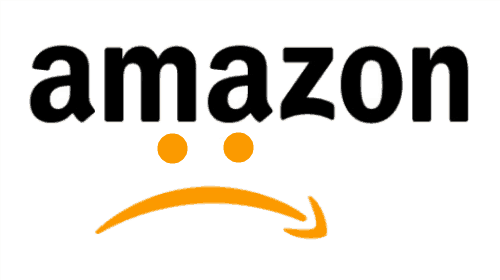
*Nothing in this article is meant to imply a legal relationship between Red Stag Fulfillment, LLC and and any company mentioned. Red Stag Fulfillment, LLC does not own any other company’s trademarks referenced or included in this article. Information gathered for this article came from a mix of publicly available news and websites, websites of the companies mentioned, and direct communication with named companies.
Fulfillment by Amazon
In 2006, Amazon opened its order fulfillment centers to vendors who sell on the Amazon marketplace. The service, called Fulfillment By Amazon, comes with perks: products fulfilled through FBA are eligible for Amazon’s Prime and FBA also handles returns and customer service.
For small vendors who aren’t set up for shipping or who don’t want to spend the time and energy it would take to ship their own products, FBA can seem like a good deal. All they had to do was ship their goods to Amazon and FBA would operate as their fulfillment center. The deal is so appealing that almost three quarters of Amazon sellers use FBA as their 3PL service.
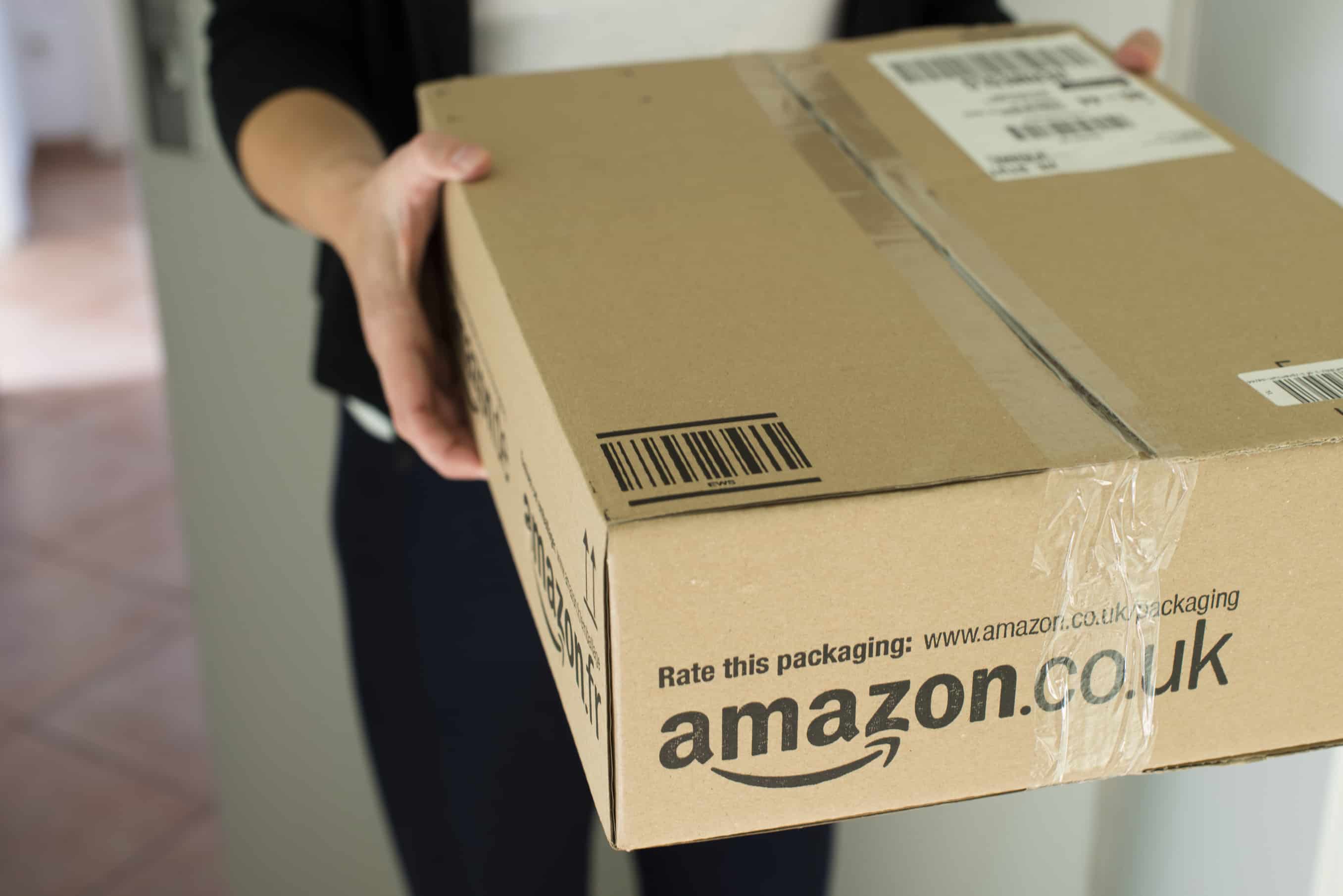
Amazon Fulfillment Center Space Limitations
The holiday fulfillment center space crunch led Amazon to change its policies a few years ago, raising prices in an attempt to reduce the amount of product that FBA sellers keep in inventory during the busy Christmas buying season and limiting the amount of stock sellers can store.
Kevin King, the operator of Illuminati Mastermind, is a longtime seller and an FBA expert. He notes that Amazon now raises storage fees to incentivize sellers to keep only minimal inventory in FBA fulfillment centers. “When I first started, I’d assemble pallets in my garage and ship them to Amazon,” King says. “Now, I’m using multiple storage units for extra pallet storage and shipping more frequent, smaller cases to Amazon warehouses.”
Although Amazon announced these new policies during the 2016 holidays, the FBA space crunch is nothing new. An Amazon Seller Forum thread shows that sellers were coming up against storage limits at least as far back as the fall of 2014. And, since the pandemic, the space crunch is even worse.
Oversized products take the biggest hit
The problem is especially acute for sellers with oversized products, which are subject to a special set of storage constraints. ”Amazon’s desire for you to turn inventory quickly is valid, but their metrics are far too aggressive,” one poster notes. “If I want to invest my capital to carry excess inventory, and I’m prepared to pay for the storage, Amazon should let me load my inventory to my heart’s content.”

Long lead times are a pain point for FBA sellers
Long lead times for shipping and loading stock into fulfillment centers compound the problem created by limited storage. As another seller notes, “If there were no delay between our shipping and stuff getting checked in, it would be more manageable. But we have a persistent problem with stock-outs of our items while units are moved from one end of the country to another on trucks that are apparently powered by snails, followed by them sitting awaiting check-in for days once they finally do arrive. Right now, while we’re not yet in the complete frenzy that is around the corner, it’s 11-14 days between when I ship and when stuff is fully checked in. When I can’t even have 3 of each item in stock, the delay is going to be devastating.”
New FBA Rules Place More Limits on Seller Storage
As the pandemic crunch eased in Q2 of 2021, Amazon eased some inventory restrictions. It had placed limits on the number of ASINs (Amazon Standard Identification Number, Amazon’s product codes) new sellers could place in FBA inventory. At the same time, however, it changed how it calculated FBA storage limits. Amazon now uses its Inventory Performance Index to determine how much stock it will accept from each vendor.
What this policy means is that FBA prioritizes products that turnover quickly and sellers with a high volume. If your items move more slowly, giving you a lower IPI, FBA will limit your warehouse space. Some sellers have seen their stocking limits drop by more than 50%. In other words, when you use FBA, you don’t get to choose how much fulfillment center space you need for your products—Amazon decides for you.
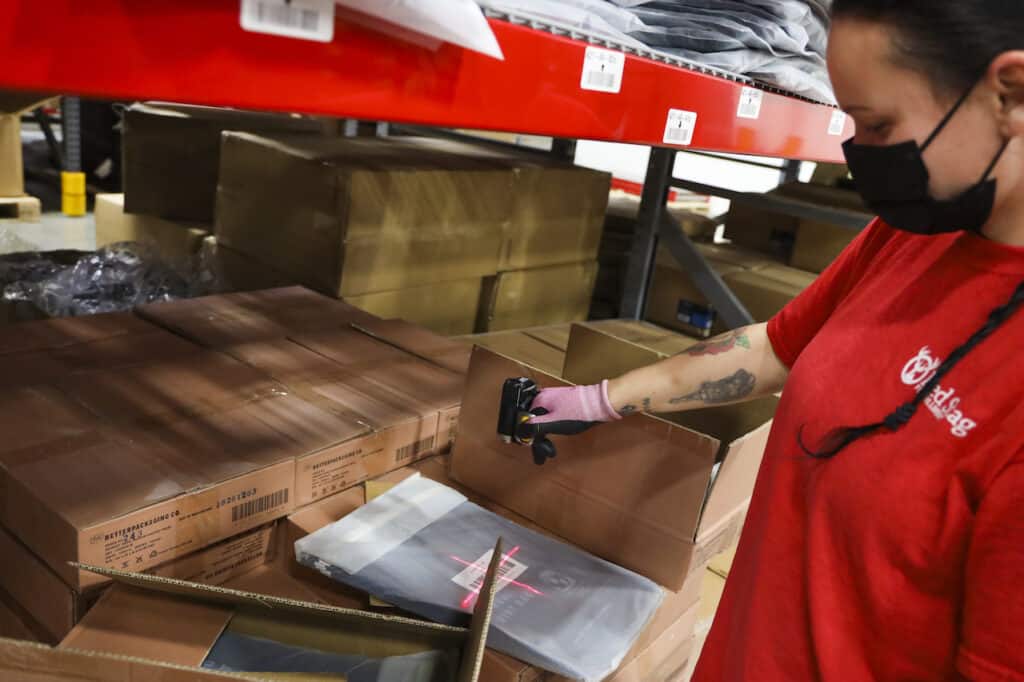
Christmas Fulfillment Center Crunch
Suppose you knew you were going to sell one Christmas tree lamp every week throughout the year and 20 per week in November and December. Then you could create a shipping schedule that would keep your Christmas tree lamps fully stocked at the FBA fulfillment center 100% of the time. Unfortunately, online sales are rarely steady and predictable. Your Christmas tree lamps could sit lonely on the shelf at the fulfillment warehouse for months and then get 100 orders in one week. With the restrictions on storage and long lead times for restocking, Amazon FBA can turn your holiday sales into a fulfillment nightmare.
Out-of-stock items don’t just mean lost sales. You can lose customers, as eCommerce shoppers turn to other sellers to find what you can’t offer. And filling backorders through FBA’s overloaded system during the holidays can be all but impossible. No one wants to spend their holiday season wondering whether they will be able to get enough products out to customers through the FBA bottleneck.
Solve Your FBA Woes by Diversifying Your Fulfillment
Some sellers are using this experience to diversify their sales channels. That is one way to mitigate the risk of future Amazon policy changes. Will Schneider, with WarehousingAndFulfillment.com explained that “we have received a lot more inquires from people that are looking to “diversify” their risk by expanding into other marketplace and online sales channels, especially since the net margins with selling on Amazon and using FBA are so low and being driven even lower every year.”
Diversification might mean using FBA up to your storage limits and using an independent 3PL for your overflow Amazon order fulfillment. One of Red Stag Fulfillment’s clients has used that hybrid strategy to grow and scale its business, despite FBA limitations. Other diversification options include:
- Use FBA to fulfill Amazon orders and an independent 3PL for orders from other sales channels.
- Stop using FBA and get omnichannel fulfillment services for all your orders from a fulfillment company.
When you ship orders through FBA, you are a number. Working with an independent fulfillment company, you can get personal service from people who care about your business. At Red Stag Fulfillment, we treat every client’s business as if it were our own. We know that growing your business is the best way to grow ours.
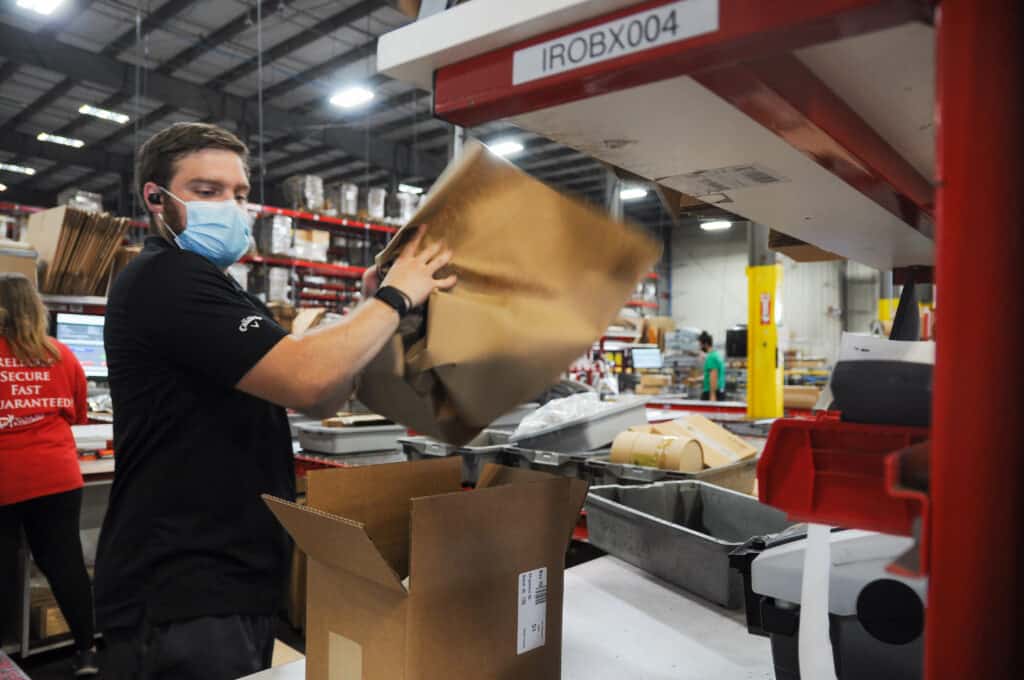
Fulfillment Center Solutions
To compete in an ever-growing eCommerce marketplace where customers expect fast delivery times, streamlined and efficient fulfillment operations are essential.
Many third-party fulfillment services, including Red Stag, integrate seamlessly with the Amazon platform. Red Stag Fulfillment can serve as your pick and pack fulfillment center all year round. And, during the holiday season, we’ll still provide the same fast, accurate, reliable fulfillment with no storage limitations. Plus, when you outsource your fulfillment to Red Stag, it’s easy to expand beyond Amazon. We offer full integration with eBay, Magento, 3dcart (now called Shift4Shop), Volusion, PrestaShop, Shopify, WooCommerce, and many other eCommerce platforms and marketplaces.
What are your fulfillment center pain points this holiday season? Give us a shout—we’d like to help.
More about holiday fulfillment and Amazon FBA:
- Setting Shipping Expectations for Your Holiday Shoppers
- Is Amazon FBA Right for Your Business?
- Here’s Why to Start Holiday Sales Now






